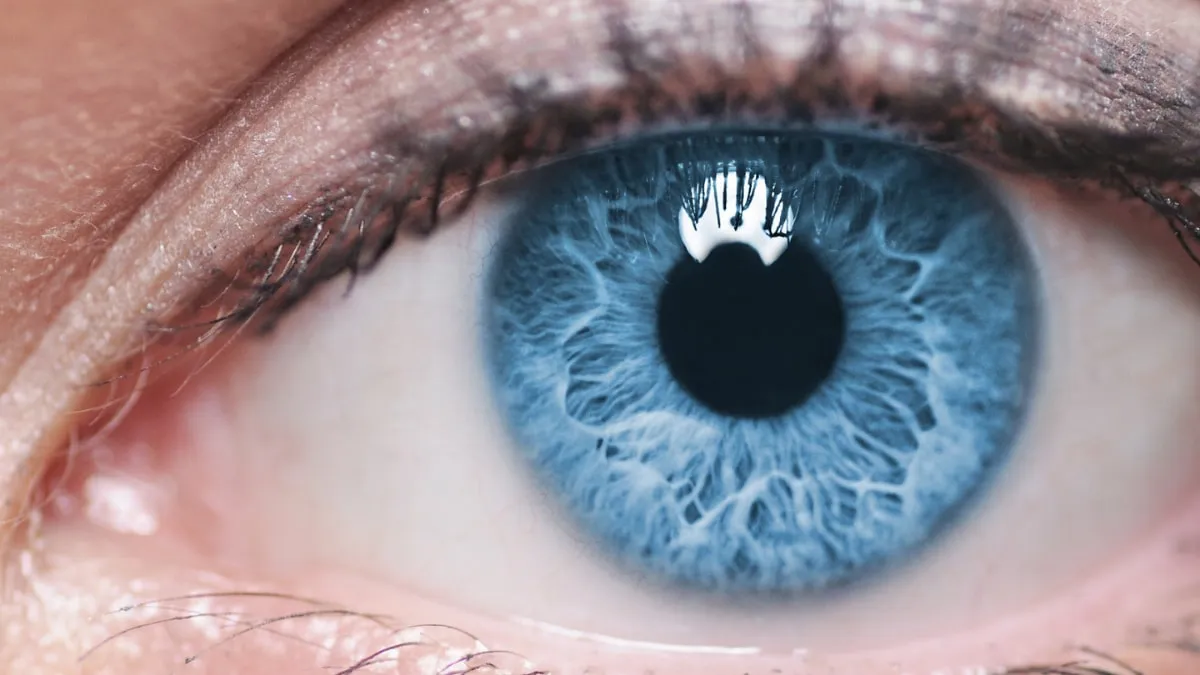World's First Bionic Eye: Gennaris Bionic Vision System Breakthrough for Blindness

Revolutionizing Blindness Treatment with Gennaris Bionic Vision System
In the quest for a blindness cure, the Gennaris Bionic Vision System stands out as a groundbreaking innovation. Developed by researchers at Monash University, this system represents nearly a decade of intensive research efforts. Its design allows for the bypassing of damaged optic nerves, sending signals directly to the brain's visual center, enabling users to interpret images effectively.
Animal Trials and Future Human Trials
Following promising results from animal testing, the Gennaris system is set to undergo its first human clinical trials in Melbourne. Trials conducted on sheep yielded successful implantation with minimal adverse effects, making these upcoming human trials crucial for assessing the system’s efficacy in restoring vision.
How the Gennaris System Works
- The system operates through a wireless implant that delivers patterned electrical stimulation to the brain.
- It can utilize up to eleven small implants, about thumbnail size, placed on the brain's surface, programmed wirelessly.
- These implants stimulate brain cells with tiny electrical pulses, perceived as visual information, aiding in basic shape recognition and navigation.
- Replicating the eye's structure, it offers a 100-degree field of view and includes a mini camera for high-resolution image capture.
This innovative approach is a pivotal moment in the evolution of blindness treatments, heralding potential breakthroughs in how we combat this debilitating condition.
This article was prepared using information from open sources in accordance with the principles of Ethical Policy. The editorial team is not responsible for absolute accuracy, as it relies on data from the sources referenced.